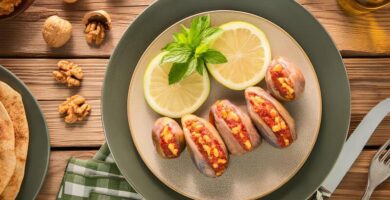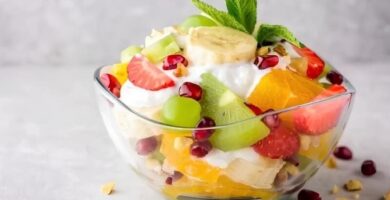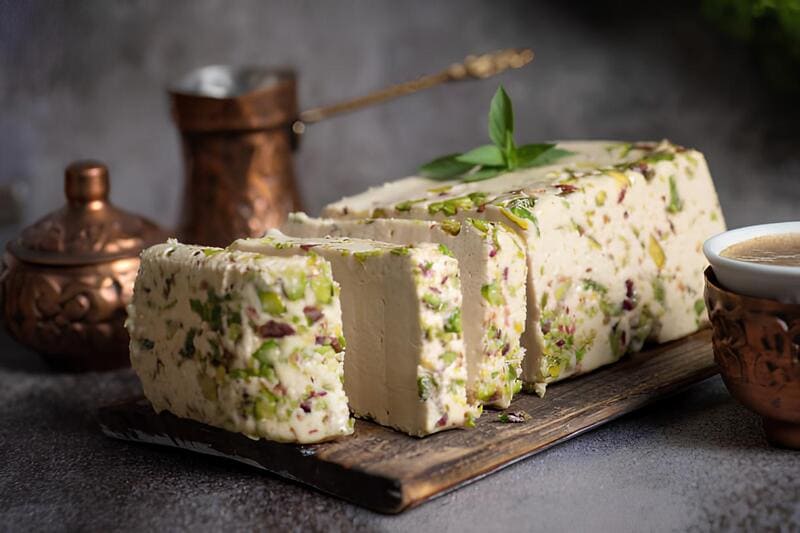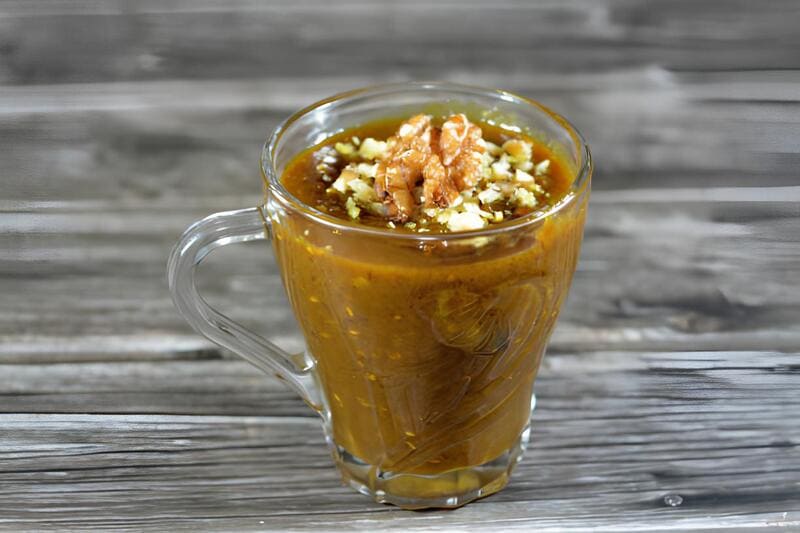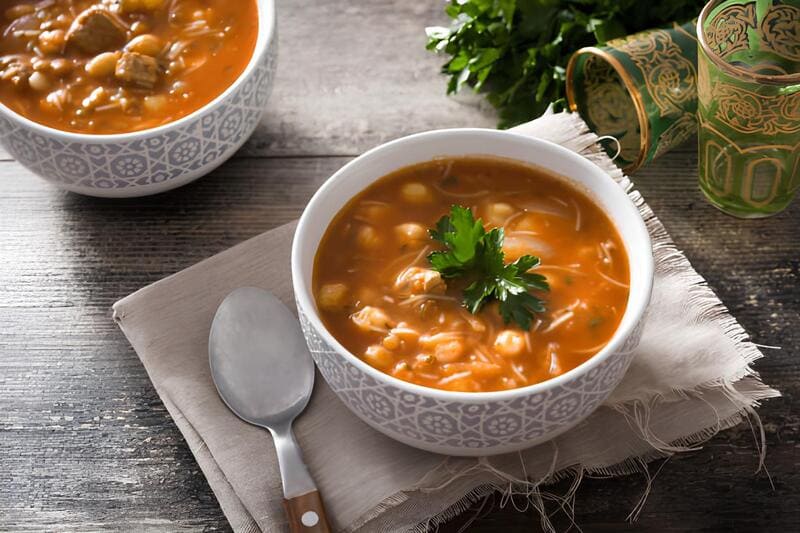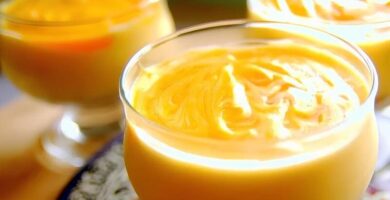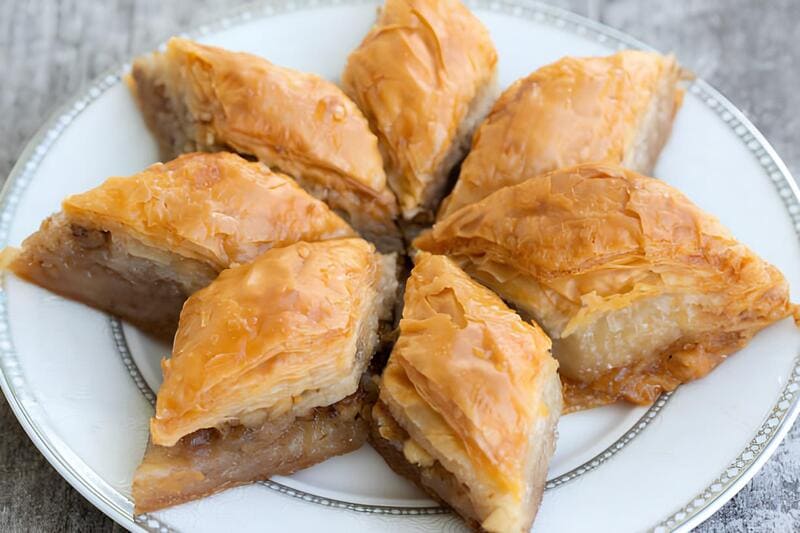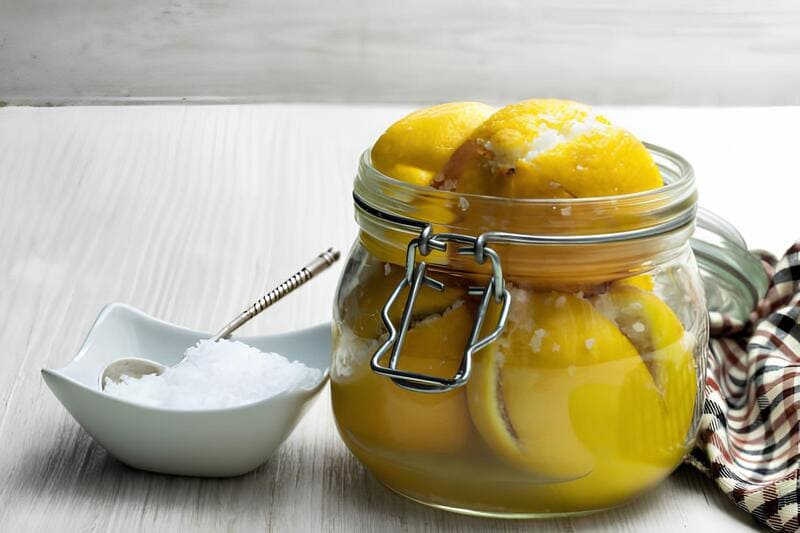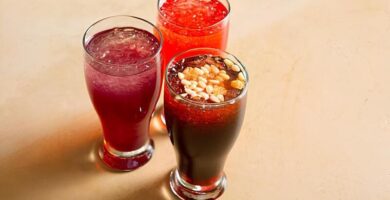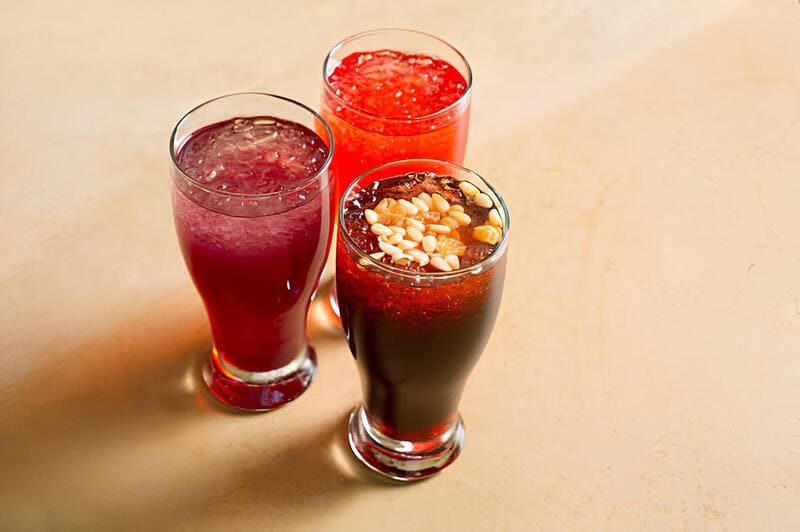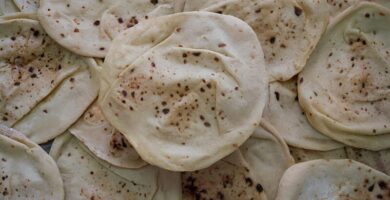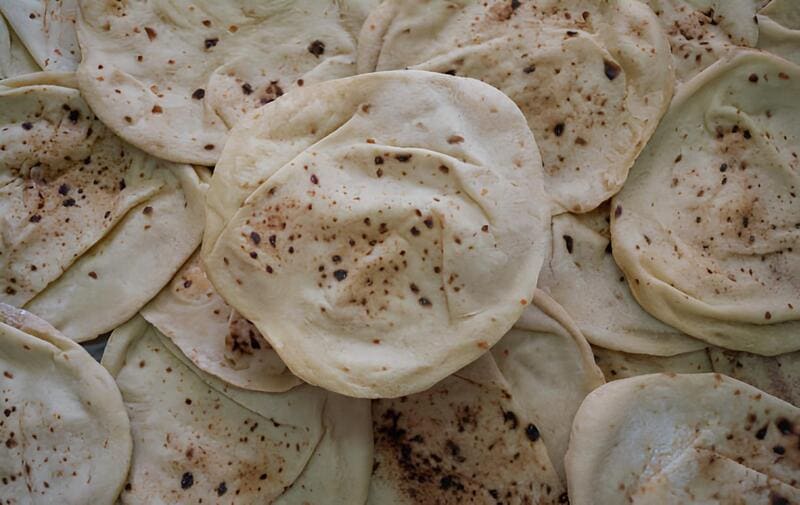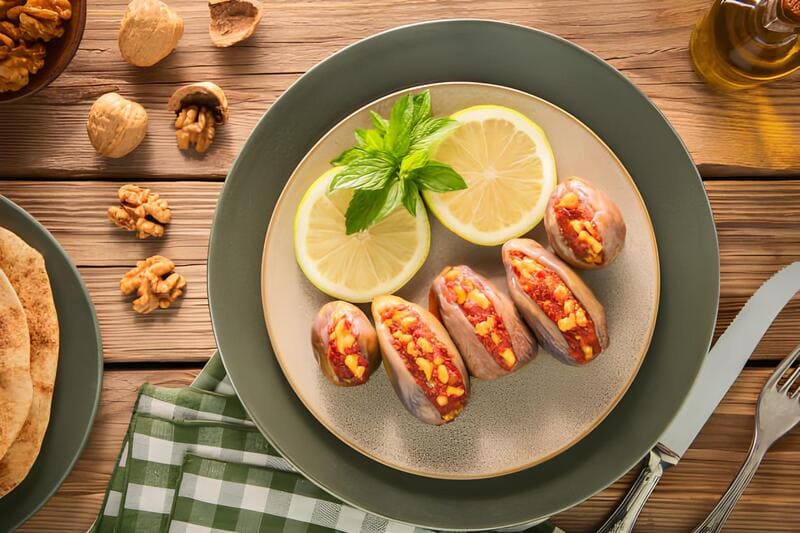
Makdous, also known as cured eggplant, is a popular dish in Middle Eastern cuisine, especially cherished in Syria, Lebanon, and Egypt. This dish involves small eggplants stuffed with a flavorful mixture of walnuts, garlic, and red peppers, then cured in olive oil. It’s traditionally enjoyed as a delightful appetizer, meze item, or a side dish that pairs beautifully with breads.
Preparing makdous at home captures its authentic taste and heritage, connecting us to age-old culinary traditions. With a mix of savory, tangy, and spicy notes, this dish stands out for its bold flavors and exquisite texture. Here’s a simple way to make this delectable Middle Eastern food.
Ingredients
- 40 small eggplants
- Water for boiling
- 1 kg salt
- 4 kg chopped walnuts
- Mashed garlic (to taste)
- 4 kg red peppers
- Olive oil (for curing)
Preparation
- Boil water in a large pot and cook the eggplants until tender, ensuring they don’t overcook.
- Rinse the eggplants under cold water to maintain their color.
- Salt the eggplants, using about a teaspoon of salt for larger eggplants and less for smaller ones.
- Drain the eggplants in a strainer covered with a cloth for 2-3 days, ensuring thorough drying.
- Prepare the filling by washing and de-seeding the red peppers, then sun-drying them for 1-3 days.
- Grind the sun-dried red peppers and mix them with chopped walnuts and mashed garlic.
- Stuff the dried eggplants with the walnut-pepper-garlic mixture.
- Store the stuffed eggplants in jars, covering them entirely with olive oil.
- Allow the makdous to cure in a cool, dark place for at least 10 days before consumption, ensuring all flavors meld together.
Did you know?
Makdous, also referred to as “mouneh” in Lebanese cuisine, signifies preserved foods prepared at home. This tradition of curing and pickling is essential in Middle Eastern cultures, preserving food through harsher seasons. The term “makdous” in Arabic means ‘cured’ or ‘preserved.’ While makdous is popular in Lebanese cuisine, variations of pickling eggplants can be found throughout the Middle East.
Pickled foods like makdous not only enhance the flavors of dishes but also reflect practical culinary practices passed down through centuries. Traditional methods of using sun-dried peppers and curing in oil exemplify the resourcefulness of Middle Eastern kitchens. Makdous could be considered both a test of patience and a reward, as the curing time allows the intricate flavors to develop, making it an authentic and best-loved Middle Eastern delight.
Enjoying makdous with fresh bread or as a component in various dishes highlights the versatility and enduring appeal of this simple yet sophisticated dish.
